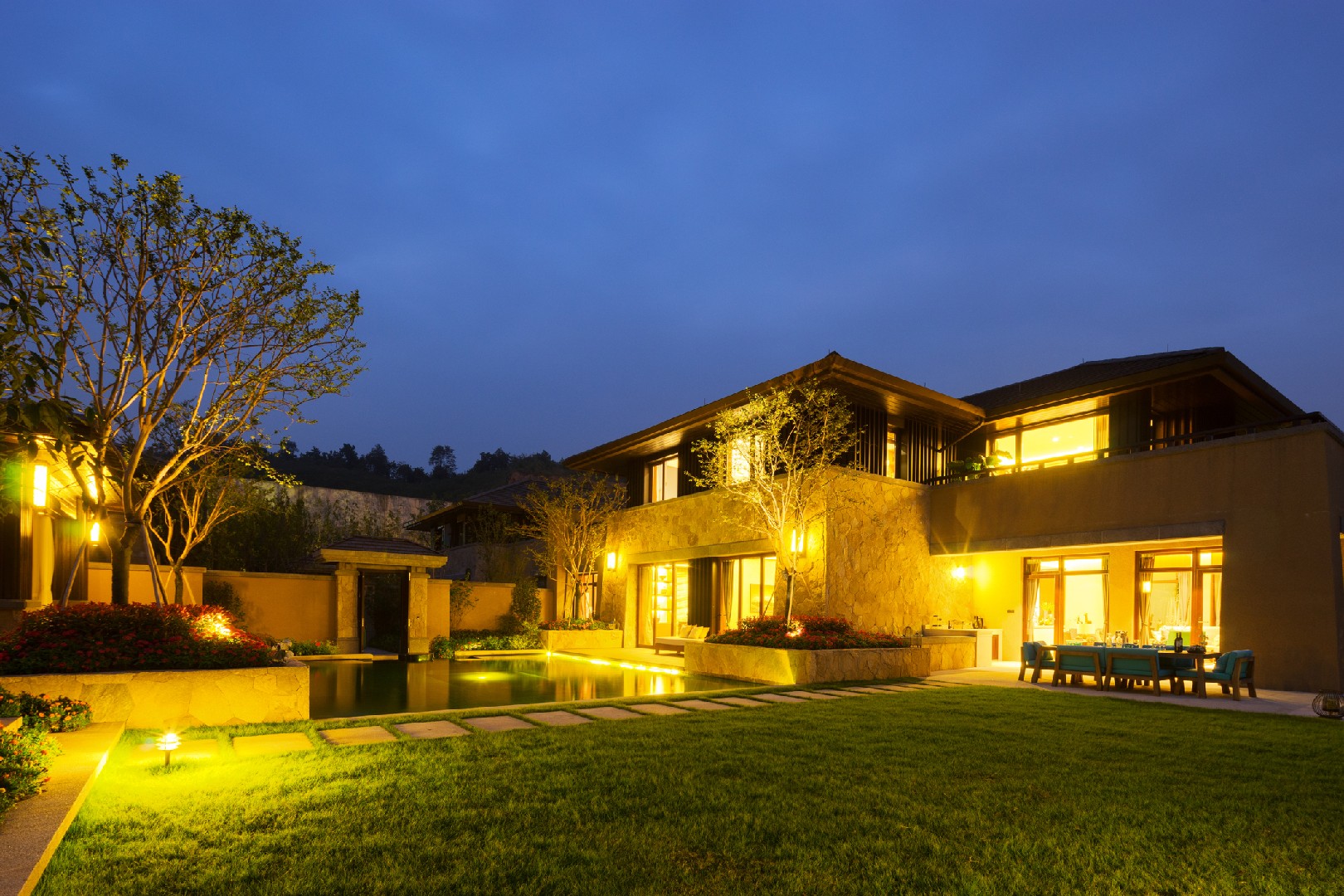![Rectangle]()
Steps to Plan Your Garden Lighting Layout
Planning your garden lighting layout is an essential step to enhance your outdoor space and create a warm and inviting ambiance. By illuminating key areas of your garden, you can highlight its beauty, improve safety, and extend your enjoyment of the space into the evening hours. Here are some practical steps to help you create a well-designed and functional lighting layout for your garden.
Step 1: Create a Rough Sketch
To begin, grab a piece of graph paper and a pencil. Start by drawing a rough sketch of your garden, including all the existing structures like trees, shrubs, pathways, and sitting areas. Emphasize the areas you want to illuminate, such as flower beds, sculptures, or water features. This sketch will serve as a blueprint for your lighting layout and help you visualize the end result.
Step 2: Determine Lighting Needs
The next step is to determine the lighting needs for each area of your garden. Think about the purpose of each space and how you want to use it. For example, you may want focused task lighting for a BBQ area, soft ambient lighting for a seating area, or pathway lighting for safety. Consider the aesthetics as well and choose lights that complement the style of your garden.
Step 3: Choose the Right Lights
Once you know the lighting needs of each area, it's time to choose the right lights. There are various types of outdoor lights available, such as spotlights, floodlights, path lights, and deck lights. Select lights that are suitable for the purpose and size of the area. For example, use path lights to guide guests along walkways and spotlights to highlight focal points.
Step 4: Position the Lights
The positioning of your lights is crucial to create the desired effect. Experiment with different placements to find the perfect balance between functionality and aesthetics. For example, position spotlights at an angle to create depth, or mount them higher up to graze the tree branches. Path lights should be evenly spaced to provide sufficient illumination along the pathway.
Step 5: Consider Lighting Controls
To maximize convenience and energy efficiency, consider incorporating lighting controls into your garden lighting layout. Options include timers, motion sensors, and dimmers. For instance, you can set timers to automatically turn on the lights in the evening and off during the night. Motion sensors can be used to trigger lights when someone enters the garden, improving security.
By following these steps, you can create a garden lighting layout that enhances the beauty of your outdoor space while providing the right level of illumination for each area. Take the time to plan and experiment with different lighting options to achieve a stunning and functional result. Remember to always prioritize safety by ensuring that all electrical connections are properly installed and protected. With the right approach, your garden will become a captivating oasis that can be enjoyed day and night.





